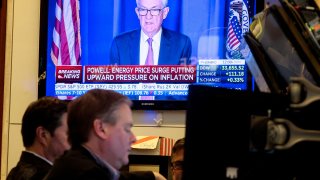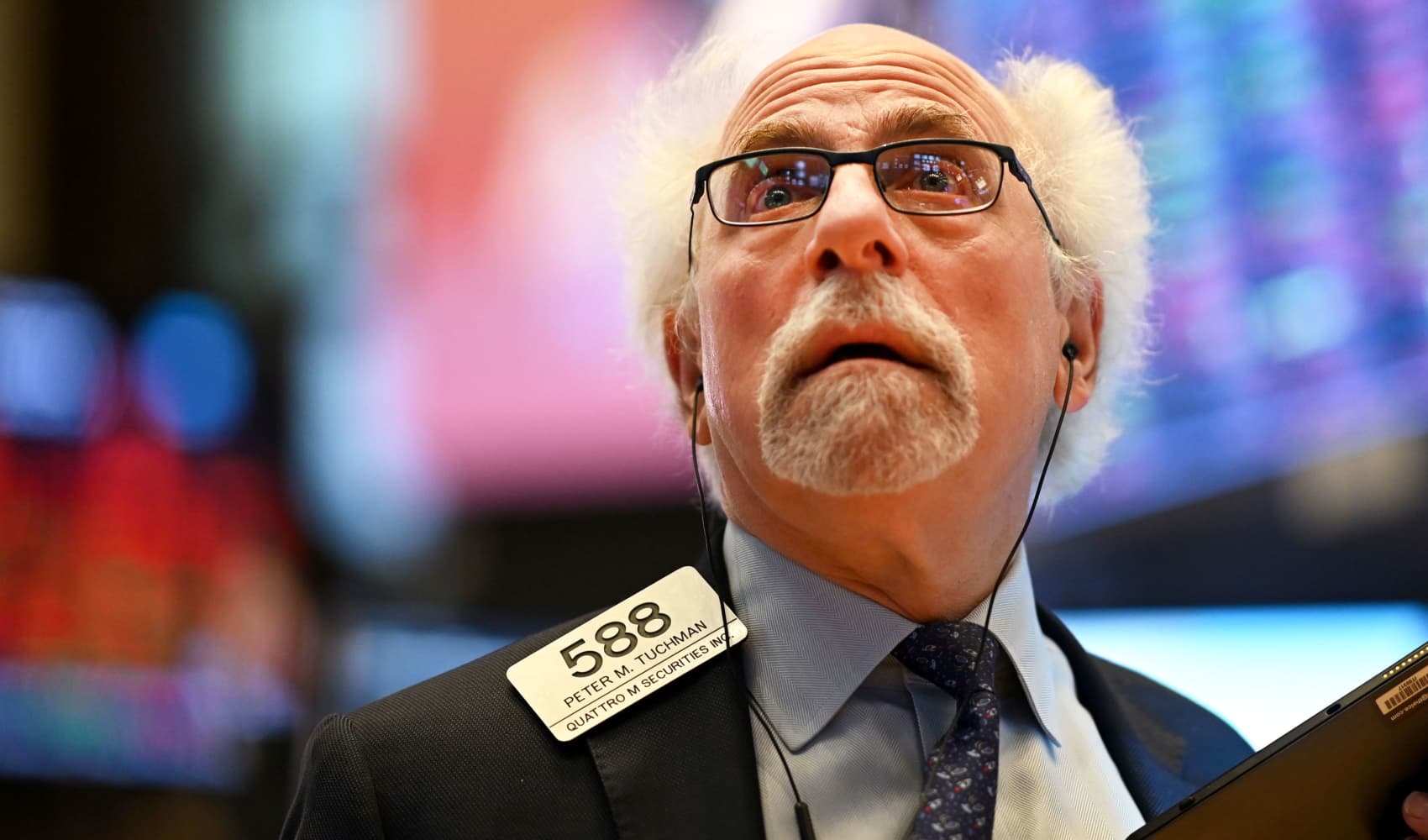
All eyes are on the yield curve between the two-year and the 10-year Treasurys, but investors are paying close attention to the wrong signal.
As I have noted before, the authors of the Federal Reserve's studies on the so-called slope of the yield curve do not consider it to be inverted (and indicative of a coming recession) until the yield on the three-month T-bill is above that of the 10-year note.
The curve is nearly flat from two-year to 10-year maturities, but that is not the metric the Fed watches most closely.
Right now, the spread between the three-month bill and the 10-year note is nowhere near inversion. However, if the Fed gets more aggressive in raising short rates, we could get there sooner rather than later.
Feeling out of the loop? We'll catch you up on the Chicago news you need to know. Sign up for the weekly Chicago Catch-Up newsletter here.
The lead time between a full inversion and a recession is about nine to 15 months. On average, the period is about 12 months.
That means we have a little time before truly fretting about an imminent recession.
Today's real-time economic reactions to Fed policy
Money Report
There's another interest rate issue that's been on my mind for some time.
Economists continue to insist, in this real-time world, that there remains a significant lag between changes in Fed policy and their effects on the real economy.
I doubt that to be true in today's world.
When I first entered business journalism in 1984, it was common to believe in a lag time between policy changes and the actual economic impact.
Back then, and until relatively recently, the Fed only acknowledged changes in policy after the fact, or with a simple news release with few details.
The legion of so-called "Fed watchers" who sprang up in that era had to track the Fed's open market actions daily.
Each day, around 11:30 a.m. ET, the Fed would add or drain liquidity from the banking system. Sometimes the additions or subtractions were temporary to address cash imbalances in the banking system.
Permanent additions or subtractions could indicate changes in policy that would be confirmed much later.
Fed watchers also tracked increases or decreases in the size of the money supply when those figures were released every Thursday afternoon.
By the time anyone figured out that policy had changed, it took weeks, if not months, for some consumer rates to change and affect markets, as well as consumer spending and savings patterns.
Today, the Fed announces changes in real time, takes questions from reporters to explain its decisions and communicates between meetings to alert markets and consumers to imminent changes in the central bank's thinking.
That has an immediate impact on the economy.
For instance, mortgages were pegged to several different interest rates back in the 1980s, one of which was called the 11th District Cost of Funds.
That rate was updated monthly, so mortgage rate fluctuations lagged changes in Fed policy by quite some time.
Today, you can see daily changes in mortgage rates online.
Consumers react to tighter policy
Pending and existing home sales, as well as mortgage applications, have plunged in recent weeks with only one announced change in rates and in anticipation of larger and more frequent rate hikes still to come in 2022.
I have suggested that the Fed should be normalizing rates with the strong economy and rising inflation key factors in their decision tree. However, the speed with which policy now affects the economy would also suggest that the Fed be very cautious in its approach to rate hikes and balance sheet reductions.
Given that fiscal policy is now, at least in part, focused on deficit reduction, a near-simultaneous tightening of monetary policy could, indeed, tip the economy into recession, especially given all other risk factors confronting the economy. Those risks range from the ongoing war in Ukraine to the renewed Covid lockdowns in China and restrictions in Hong Kong.
As critics continue to hound the Fed from a policy perspective, very few have warned that the most outdated idea is not whether the central bank is behind the curve but whether the curve now looks more like a fastball.
Trouble with the curve is important but the Fed's fastballs could knock the economy right out of the batter's box.






